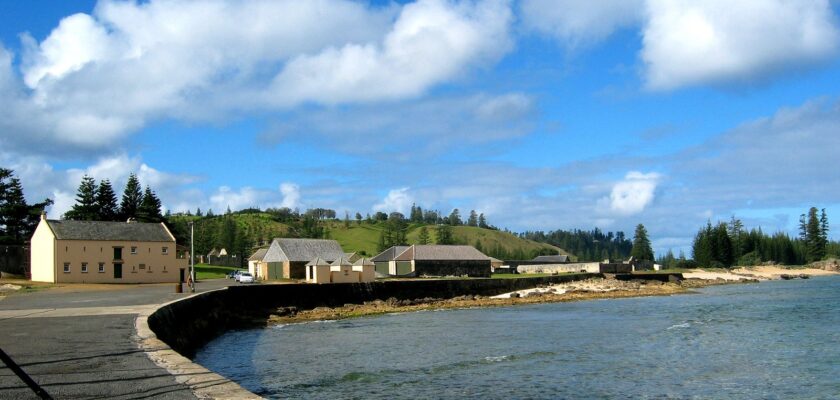Norfolk Island
Norfolk Island is a small inhabited island in the Pacific Ocean, located between Australia, New Caledonia and New Zealand. It has an area of 34.6 km². Together with two nearby islets, Norfolk forms one of Australia’s Outer Territories. The island is self-governing under a 1979 Act passed by the Australian Parliament. Norfolk has its own flag, coat of arms, motto and anthem. Norfolk English is considered the second official language, in addition to English.
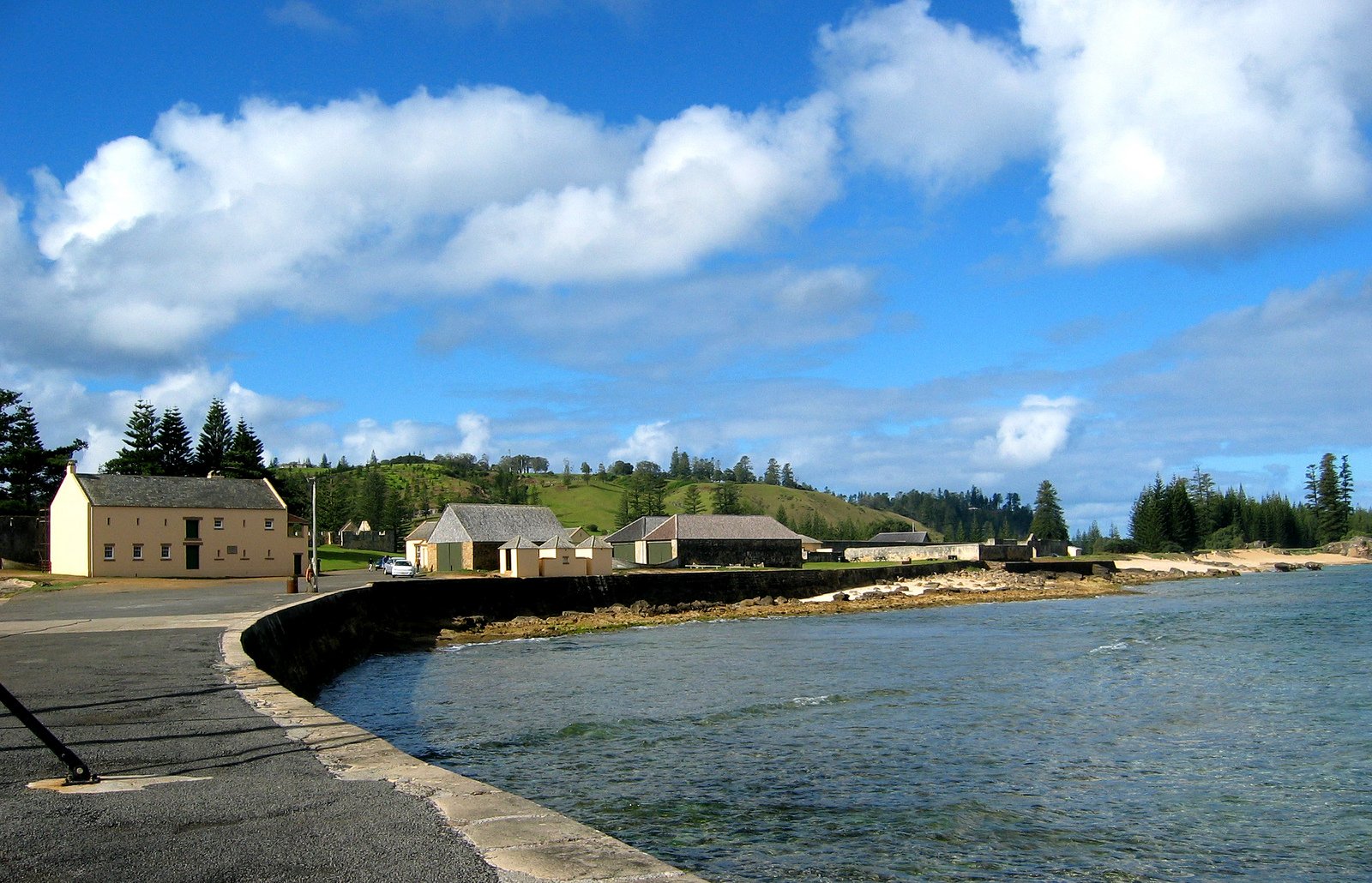
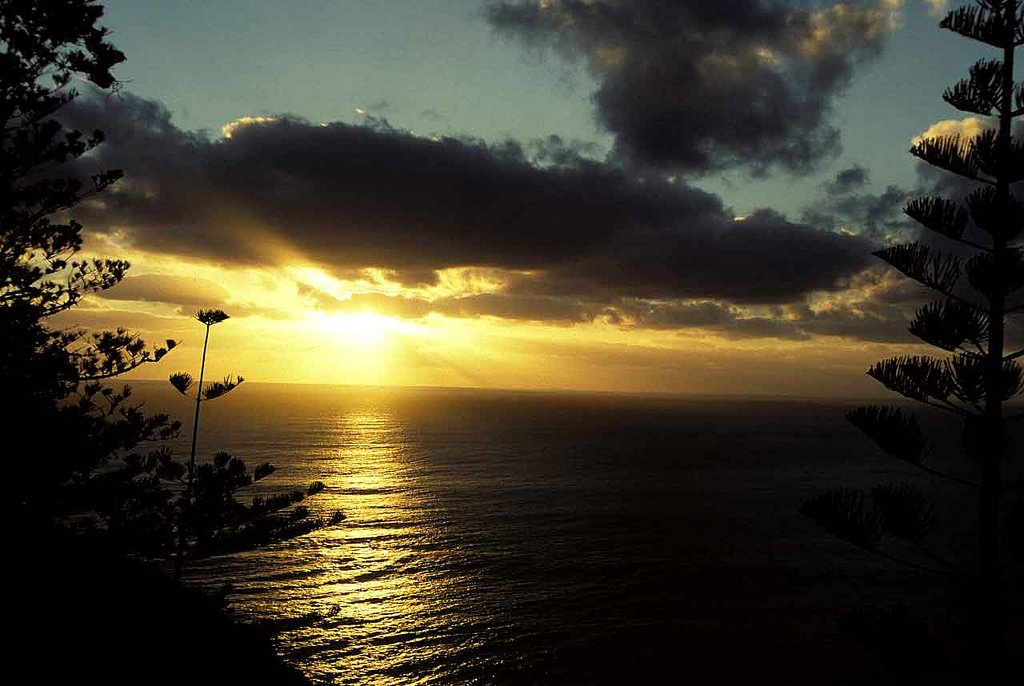
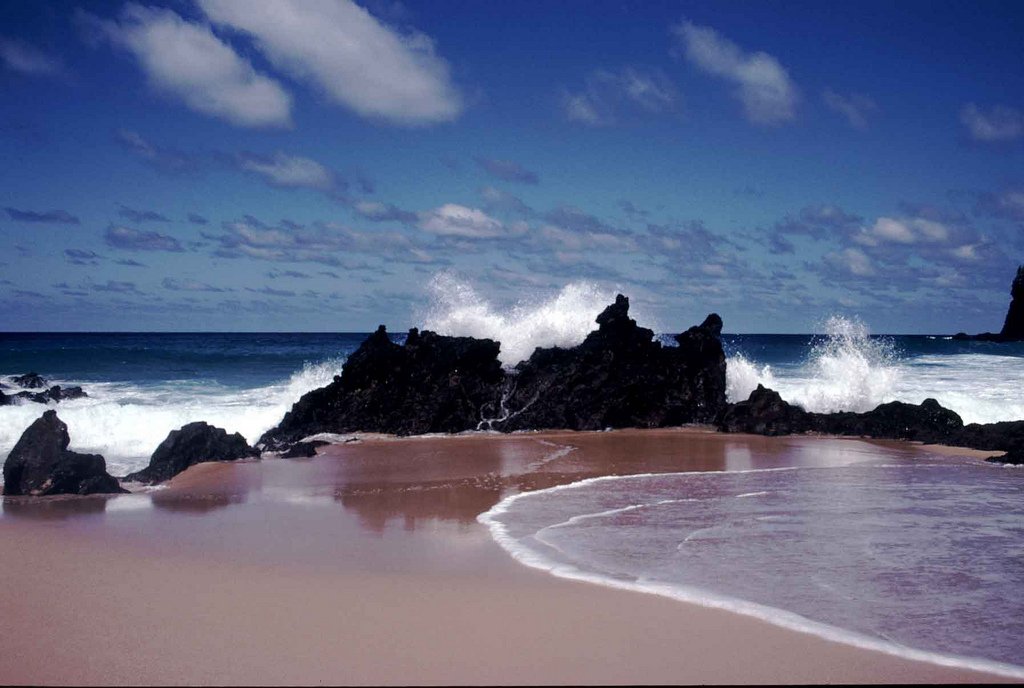
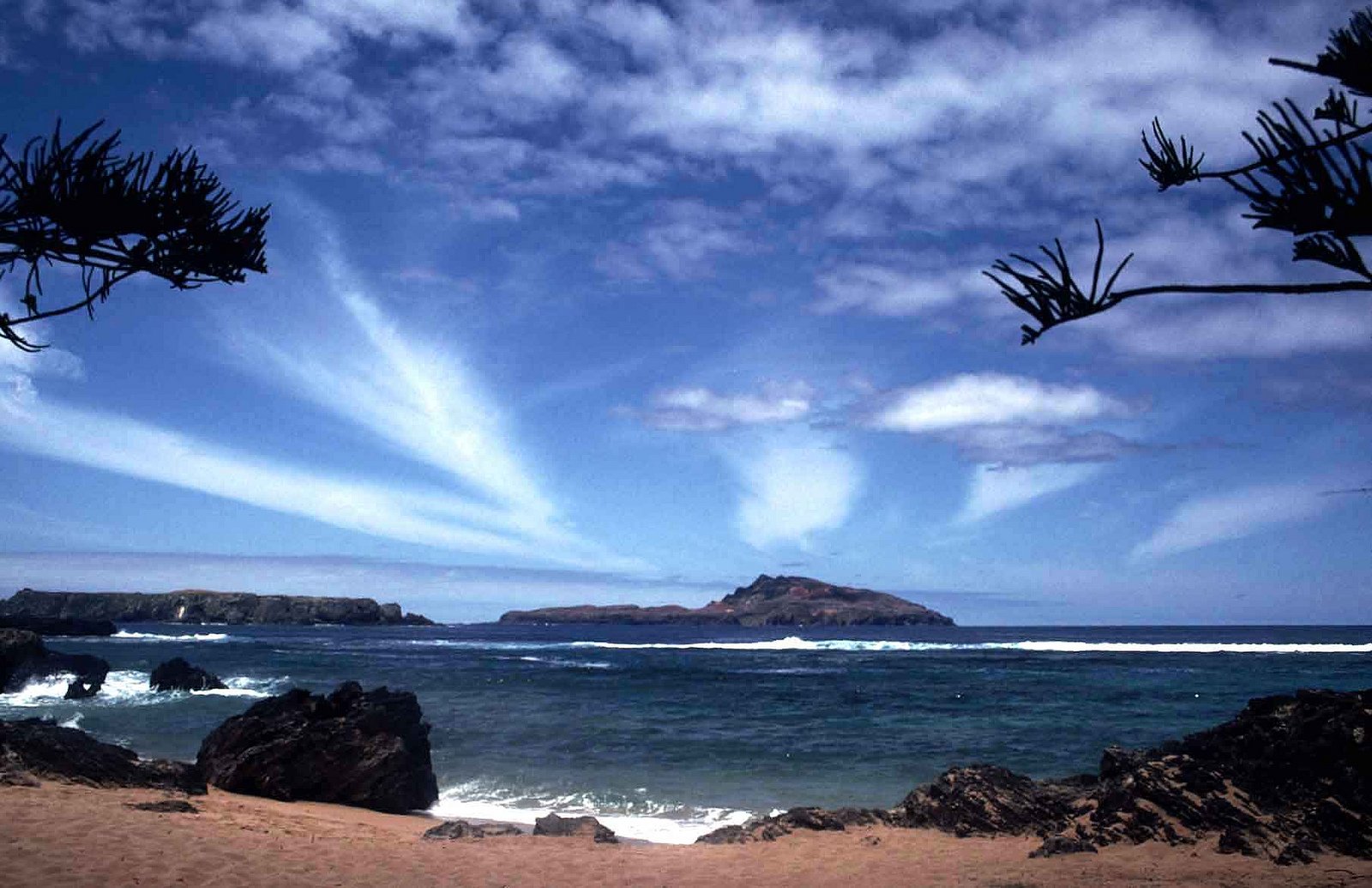
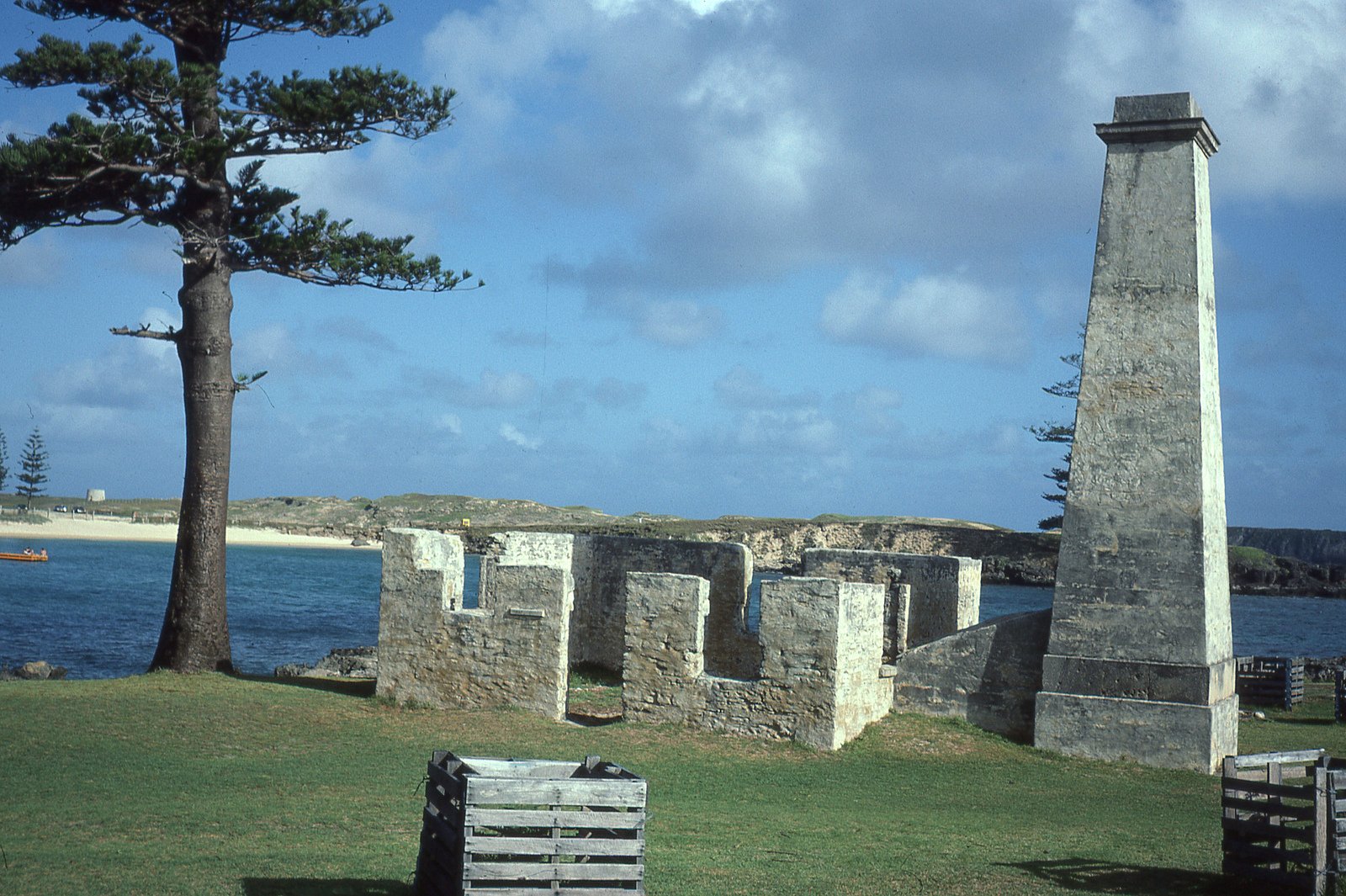
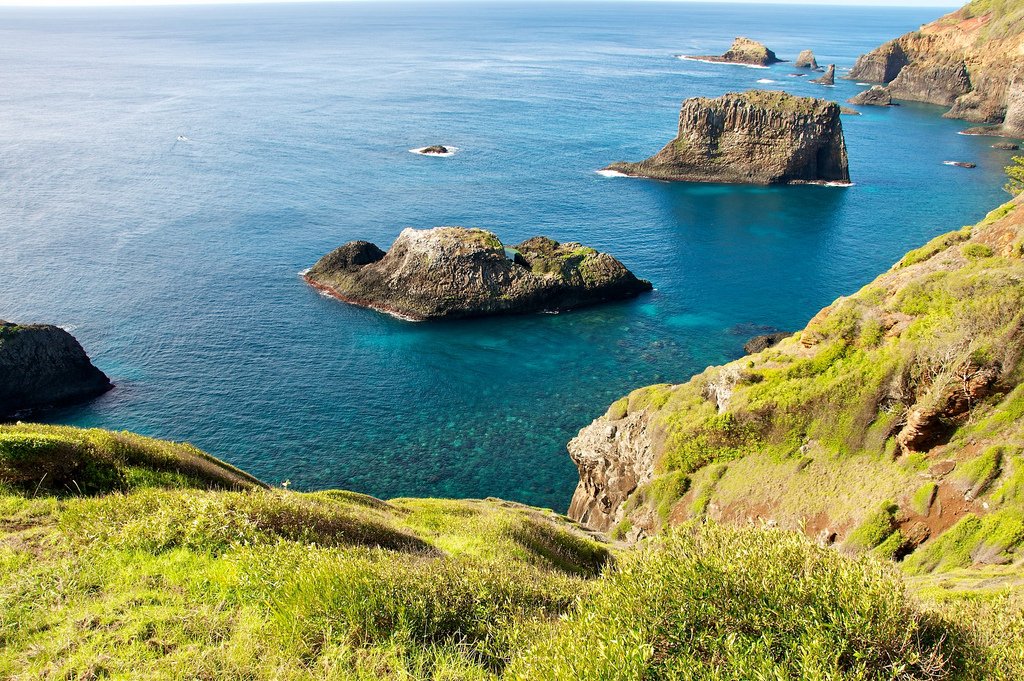
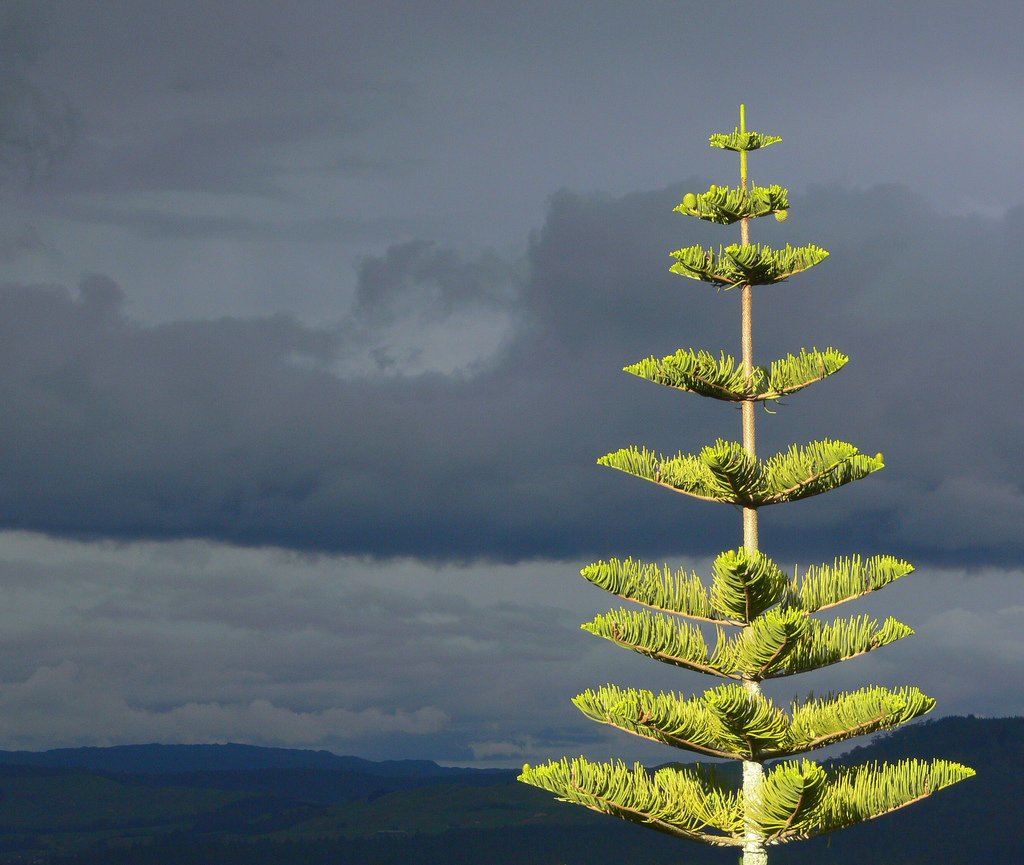
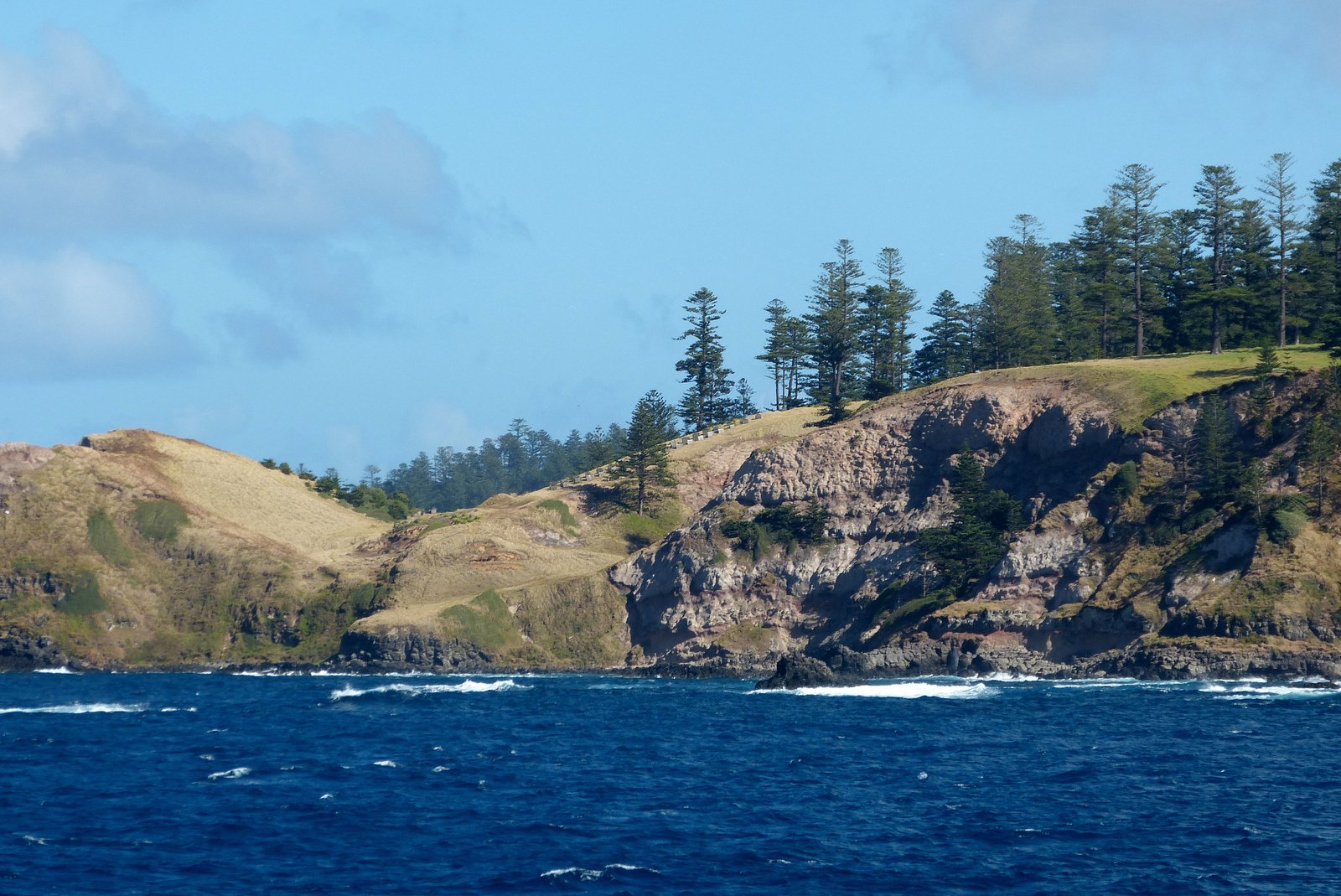
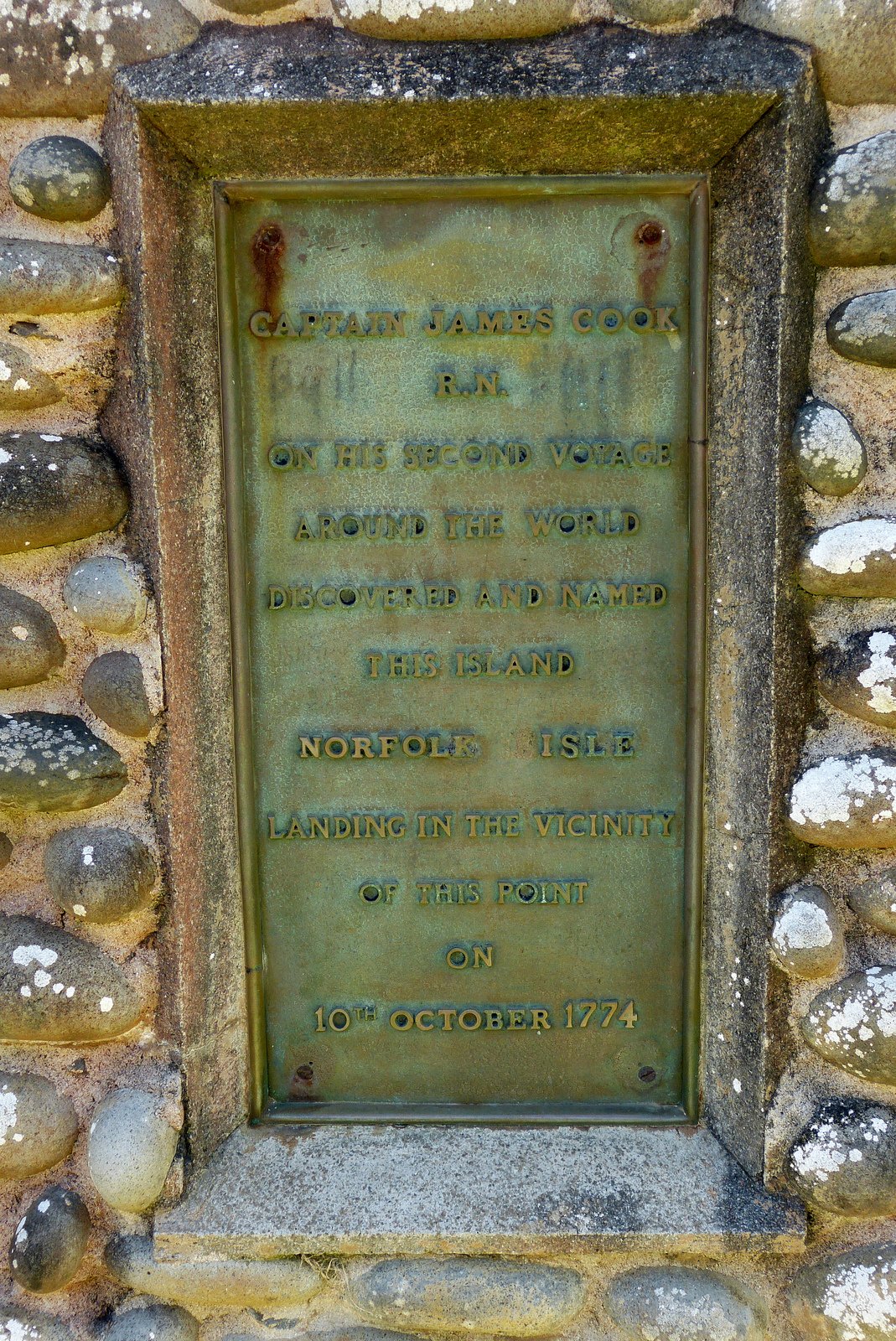
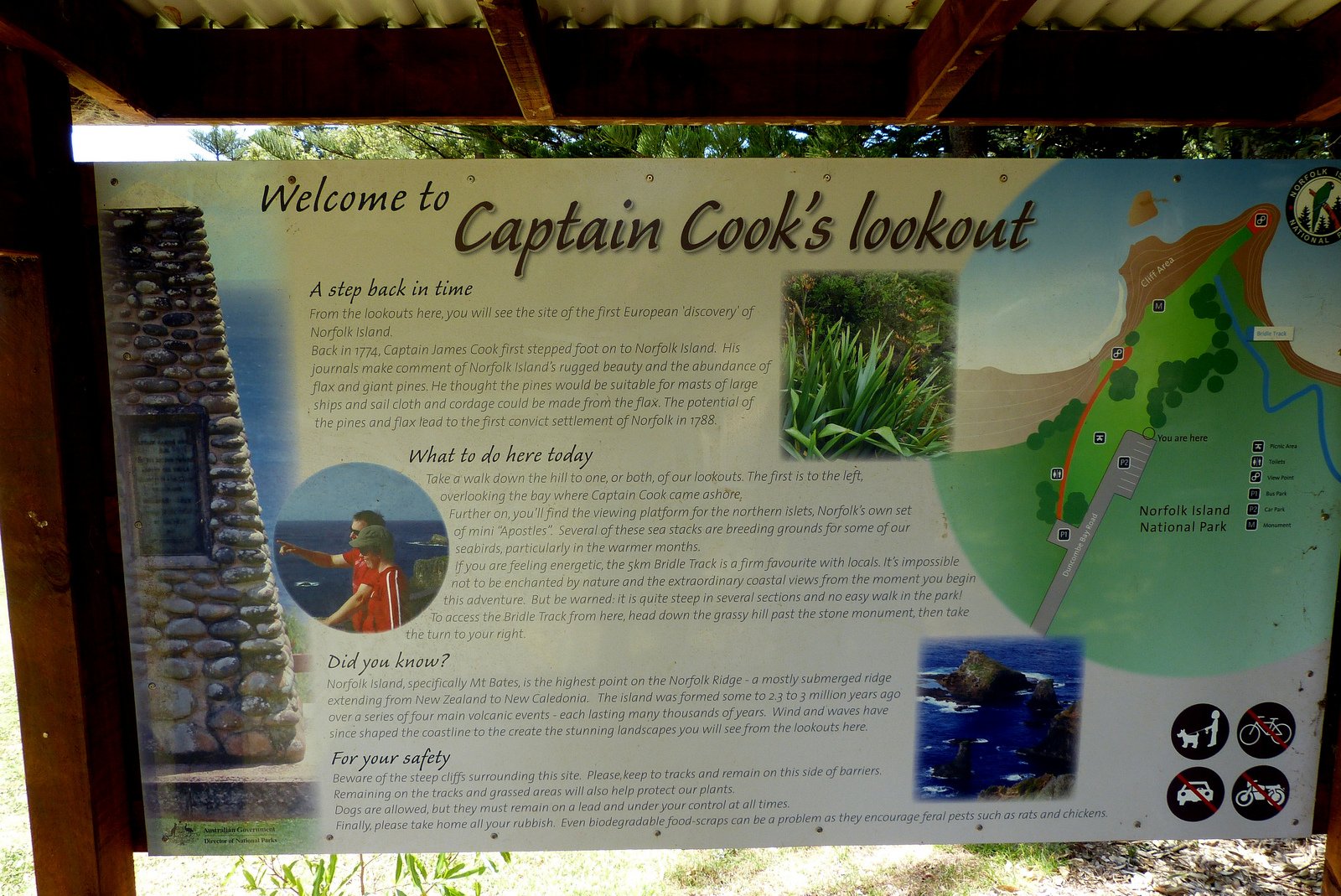
Video: Norfolk Island
” title=”YouTube video player” frameborder=”0″ allow=”accelerometer; autoplay; clipboard-write; encrypted-media; gyroscope; picture-in-picture; web-share” allowfullscreen> ContentsHistory
The island was discovered by Captain James Cook in 1774 during his voyage to the Southwest Pacific.
Norfolk was uninhabited until a British penal colony was established there in 1788. British authorities used Norfolk as a place of convict exile from 1788 to 1813 and from 1825 to 1855. The colony became famous as one of the most brutal in English history.
.
Attractions
Because the island huddles in a small area and is remote from major shipping lanes, it is little known to the general tourist population. Lost in the ocean and lacking the reputation of paradise that is typical of other islands of Oceania, Norfolk, at first glance, can not offer the tourist anything supernatural. But that’s not entirely true.
.The island as if “frozen” at the turn of the XVIII-XIX centuries, having acquired, however, all the attributes of modern technological civilization in the form of modern means of communication and communications, and sufficiently developed for the islands of Oceania production sphere. There are no cities or large settlements on Norfolk – people live here in free-range farms and small cozy villages scattered throughout the island.
.Kingston
Kingston is home to almost all of the island’s administrative offices – the Governor’s Residence, the Island Administration Building, the Government Hall, the Courthouse, and others. They all occupy the city’s historic buildings – the old soldiers’ barracks, commissariat and other structures from the British colonization era. The building of the once famous Norfolk jail has been destroyed, only the walls remain, but even they are considered a popular local attraction. At the point where the prison walls end at the shore of Sloughter Bay, there is a plaque in honor of the lost ship Sirius. If you go past Salt Mill to Point Hunter Cape (named after the captain of the “Sirius”), you can get acquainted with one of the prettiest bays on this planet – Emily Bay. Here, at the base of the peninsula, lie the courses of Norfolk Golf Club, one of the most picturesque on the planet. The golf courses themselves are small (only 9 holes), but they are surrounded by such stunning panoramas, a magnificent view of the Pacific Ocean, Philip Island, the historic buildings of Kingston and the mighty Norfolk pines that this alone attracts many visitors from all over the world.
.The Norfolk Island Museum is located in the old Port Warehouse (Pier Store) building. The first floor presents the history of Her Majesty’s flagship Sirius and its significant role in the development of the British Navy (the ship was wrecked in Sloughter Bay, so the collection is based on items that were recovered from the bottom of the sea). On the second floor there is an exposition on the history of the so-called Third Settlement (1856), the tragedy of the mutinous “Bounty”, the arrival of the Pitcairnians in Norfolk, the history of the Melanesian Christian mission, and a small exposition on the development of Norfolk’s manufacturing sector, its culture and major historical events.
.The Commissary Warehouse is located on the first floor of the building now known as All Saints Church. The exhibition of the Warehouse tells the amazing history of the island, reconstructed from archaeological excavations at the site of four settlements. Unique items on display include fragments of a Polynesian hearth, glass beads from the so-called First Settlement, birches widely used during the Third Settlement, and ceramics with original Pitcairnian signatures. Nearby looms the Old and New Military Barracks complex, whose massive walls and fortress-like towers were purpose-built to withstand any rebellion.
.The Royal Engineer’s Office and the Guard House were built during the Second Settlement era near the famous Kingston Pier. The former is now home to books on Norfolk’s history and a cup of tea or coffee, while the Guard House is used as a subject library, which also houses a collection of photographs and other documents relating to the island’s history. Very close by lies the utterly peaceful Old Cemetery, where crypts and grass-covered headstones stand out starkly against a backdrop of thick pine trees and the ocean waves crashing just beyond the low fence.
>
Another local landmark nearby is the Gregorian-style House Number 10 (1844) on Qualities Row. When Pitcairn natives moved to the island in 1856, the Christchurch couple and their 15 children settled here. The house was inhabited until 1988 before being restored in the spirit of its first owner, Thomas Seller, and turned into a museum of early settler life.
.East along Qualities Row, at the point where the road passes over the ravine running down to Semeter Bay, is one of the most colorful local landmarks, the beautiful little Bloody Bridge. It got its name after convicts, exhausted by disease and abuse from the overseers, literally revolted and overpowered the guards by bricking the body of the chief overseer into the bridge’s canvas. When the midday shift of overseers came to replace their hapless predecessors and asked where they had disappeared to, the deadly tired but almost happy convicts replied, “Oh! They went for a swim in the bay. We think they must have drowned.”
The islanders also piously believe in the existence of a whole host of ghosts in Norfolk. Given the “convict” past of the island, this is not surprising at all – just under the base of the local prison, as it is believed, lie the remains of several dozen prisoners, not to mention such “romantic” places as the Bloody Bridge or the old cemetery. Therefore, locals are happy to organize a kind of excursions to the most “mysterious” places of Norfolk, accompanied by a whole set of legends and rumors about spirits seen or even photographed, letters on tombstones changing places or other manifestations of the local “otherworldliness”.
.Burnt Pine
The business and geographical center of the island is the town of Burnt Pine. It is quite a modern settlement – there are few residential houses, but it is here that many tourist companies and banks are concentrated, the offices of the information center, post office, police station, as well as the airport (southwest of the city limits), the best stores, cafes and restaurants. Apart from these, perhaps only one of the main museums on the island is of interest here – the Middlegate Road Museum in the south-eastern part of Burnt Pine, belonging to Norfolk College. Having collected almost all materials about the history of the island since 1790, the museum has an extensive collection of exhibits about the first human settlements on Norfolk, the exploits of the island’s natives in the service of Her Majesty’s armed forces in all the wars of the 20th century, old photographs (the earliest dating back to 1867), genealogical materials, exhibits of Norfolk life and an extensive collection of marine life. Regularly held here and the so-called “Film Evenings” (“Film Evenings”), which combine three guided tours of the museum and historical miniatures in video format. It should be noted that such a serious approach to its own history on a tiny island is very surprising to many tourists.
.
For the most part, the island’s churches are quite modest and unassuming. The only truly beautiful place of worship in the area is the Anglican diaspora church of Chent Barnabas Chapel on the corner of Douglas Drive (open 24 hours a day, as are the other churches on the island). The colorful little church is considered one of the most beautiful in the Pacific, and nowadays the services of this temple are used by all comers – there are christenings, weddings, funerals for representatives of almost all denominations, there is even a working organ.
.
The Norfolk Island Botanic Garden was created in 1986 by the joint efforts of the island’s government and the governments of the British Commonwealth countries as a place where rare specimens of Norfolk’s unique flora are protected. It is the only corner of Norfolk’s unique Norfolk woodland that has been preserved intact. The park is only 5.5 hectares in size, but the layout and composition of the exhibits is so well designed that all the plants are easily accessible and blend in well with the overall park setting – the effect of many years of experience of English landscape designers.
.The flora of Norfolk deserves special attention – due to the remoteness of the island from large land masses, by the time of the first settlements of Europeans in 1788 there were only 178 “native” varieties of plants. Taking into account that on the same area of land in coastal Australia grows approximately 400 species, it is not much. But all of them are rare or have a number of features that distinguish them from their relatives growing elsewhere on the planet. Norfolk is home to the majestic Norfolk pine, the seeds of which are one of the island’s important exports, and the pine itself is featured on the local coat of arms and flag. The tropical forest, a piece of which is preserved in the Botanical Gardens, is lined with wiry vines. The ground is also covered with a thick carpet of creepers and other climbing plants, which have become rare everywhere on the island as cattle grazing has led to their destruction. Twigs of “bludewood” (or “bloodwood”, Baloghia inophylla) and “iron liana” (Pouteria costata) beautifully cover the park’s right-of-way and the middle floors of the forest. During the hot summer months, the fruit of the “blood tree” literally explodes from maturity and heat, scattering its seeds far around and filling the air with intoxicating aromas. Sharkwood (Dysoxylum patersonii) has a strong and pungent aroma, especially during flowering (May-June) and after rain. The small, 5-petaled creamy yellow flowers are usually located at the top of its crown and are a favorite subject for photography.
.The botanical garden is literally saturated with a variety of birds. There is even a special aviary for green parrots, so their voices “kek-kek-kek-kek-kek” are constantly heard in the park. In the lower tier of the forest there is the tamei or golden whistler, which is not afraid of people at all and can fly very close to tourists, demonstrating the origin of its local name. Its melodious whistle of “wih-wih-wih-wih-whit-sip” is one of the most beautiful bird voices in the Norfolk woods. The most common bird in the park is the “fantail,” which literally follows tourists around, searching for insects dug up by people’s soles (its song is an energetic “sweet chatter”), and the most colorful is recognized as the seemingly unassuming ghost bird.
.In the very north of the island, at the foot of Mount Bates, rises a memorial in honor of Captain Cook, from which scatter hiking trails on the slopes of low local mountains. And at the top of Mount Bates, the ruins of a World War II radar installation can be found.
.
Philip Island
A walk around the once green Philip Island, which lies a few kilometers south of the main island, is included in almost all visits to Norfolk as an example of man’s irresponsible attitude to wildlife. The endemic rain forest of this small piece of land was once completely exterminated by the goats, rabbits and pigs raised here, and the thin layer of soil has been almost completely washed away by the rains, so that the island itself now resembles a waterless mass of volcanic rock rising out of the lead-blue waters of the ocean. The Australian Wildlife Conservation Society is currently working with local enthusiasts to restore the flora on the island, and it has been placed under the management of the Norfolk National Parks Office. Despite the tiny size of this uninhabited island, some rare bird species nest here, and the island itself resembles a fantasy landscape from an alien planet – its volcanic slopes carry all shades of red, literally shimmering against the blue ocean and blue sky.
.Interesting facts about the island
- Captain James Cook named Norfolk Island in honor of the Duchess of Norfolk, wife of Edward Howard, 9th Duke of Norfolk (1685-1777).
- Bounty Day is the most important local holiday celebrated annually, on June 8, commemorating the arrival in 1856 on Norfolk Island of settlers from Pitcairn Island, who were descendants of the mutineers of the ship Bounty. .
- British colonization of the island and settlement began after 1786, when Catherine the Great restricted Russia’s sale of hemp. The Royal Navy used hemp and flax, mostly imported from Russia, to make ship’s ropes and sailcloth. Flax was abundant on the then uninhabited island of Norfolk, which prompted its colonization. .
- Norfolk Island is one of the few places outside of North America where Thanksgiving is celebrated. .
- Several families of Russian descent live on the island.
